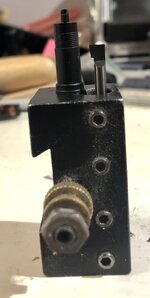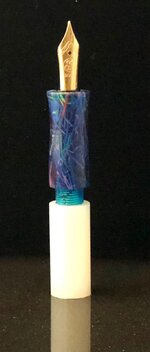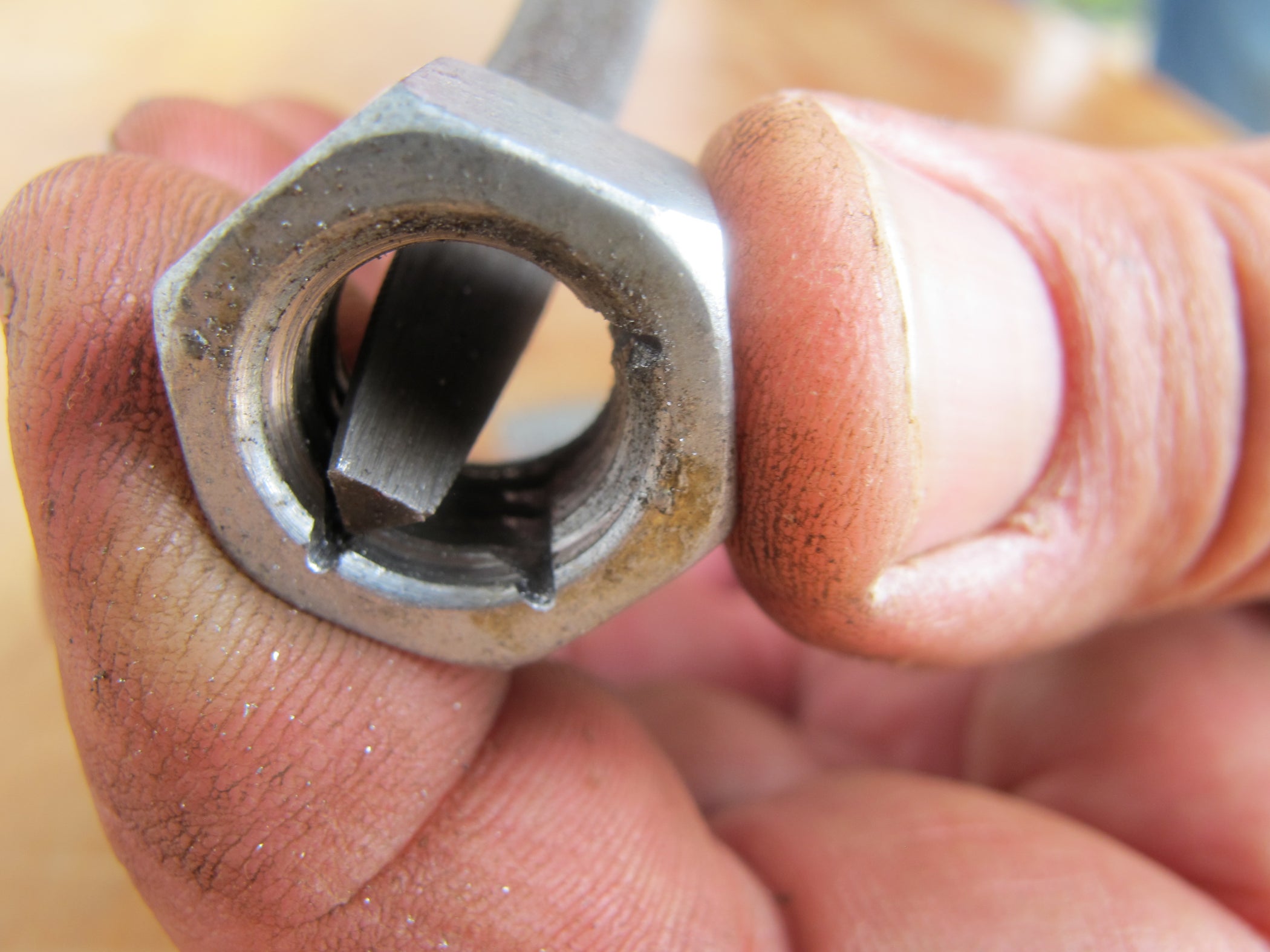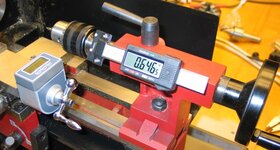FGarbrecht
Member
Tried my hand making a section for a Bock #5 feed/housing. I turned it on the metal lathe but had to do the drilling and tapping on the wood lathe because my Jacobs chuck / MT2 is a hair too long to fit on the mini-lathe, and I screwed up the internal threading for the feed. Actually, the threading was fine (although the fit with the Bock housing was very tight), but when I drilled out the other end to accommodate the smooth bore of the housing I went too far and ended up drilling out the internal threads that I had just tapped. Seems like I'm getting most of these lathe operations down OK but I still can't get the hang of drilling to a precise depth. I know it is (or sounds) trivial, but I have messed this up a bunch of times even though I measure twice and mark the depth on the drill bit with a sharpie.
So, I would mark this a partial success, and the section is usable if I glue in the feed instead of screwing it in, but I think I'll just keep practicing until I actually get it completely correct. Actually, not bad at all for a first try I guess.
So, I would mark this a partial success, and the section is usable if I glue in the feed instead of screwing it in, but I think I'll just keep practicing until I actually get it completely correct. Actually, not bad at all for a first try I guess.





